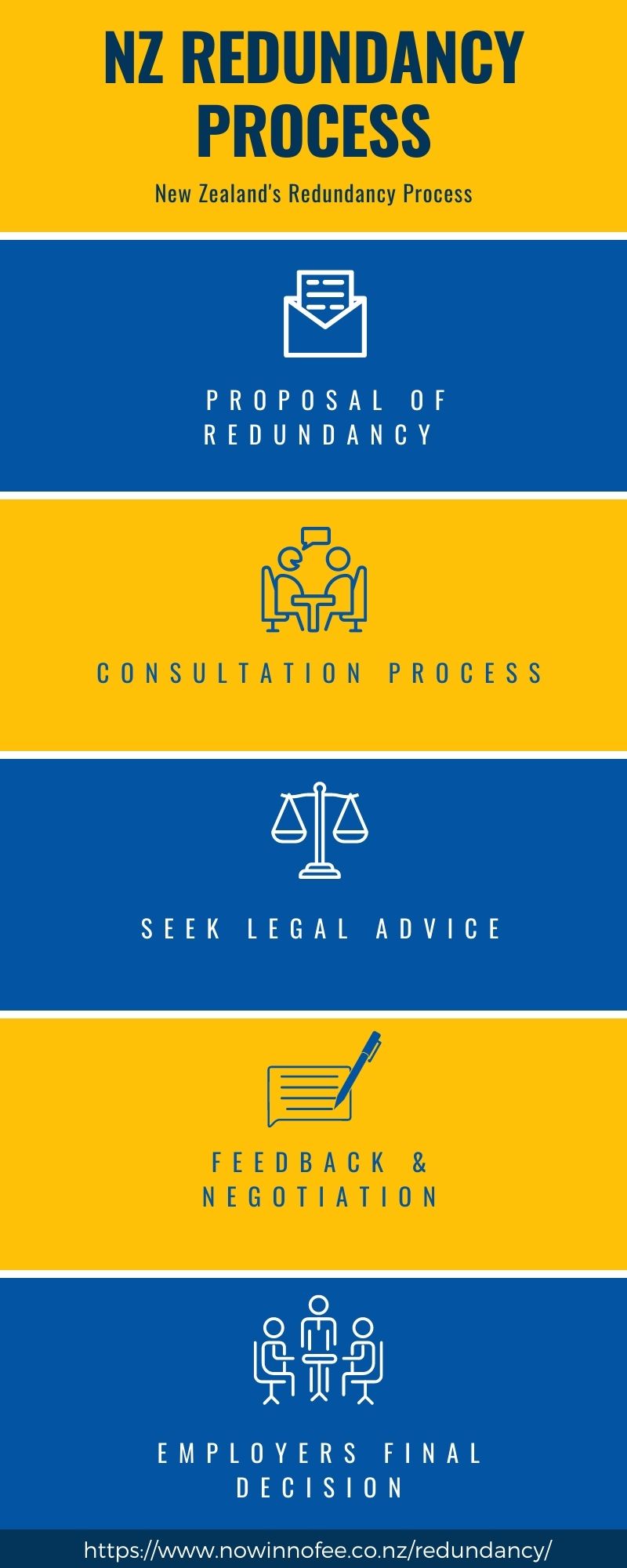Redundancy Pay If Company Goes Bust: Understanding Your Entitlements in the UK
Redundancy Pay If Company Goes Bust: Understanding Your Entitlements in the UK
Blog Article
Exploring the Operational Characteristics of Company Redundancy and Its Long-Term Sustainability

Redundancy Strategies for Organization Continuity
In order to make certain continuous procedures, services have to execute efficient redundancy approaches for organization connection. Redundancy in this context describes the duplication of important components or functions within a system to alleviate the influence of potential failures. By integrating redundancy approaches, organizations can enhance their strength versus disturbances brought on by various aspects such as all-natural calamities, tools failures, or cyber-attacks.
One common redundancy technique is the application of back-up systems and information storage space options. This entails developing matches of important data and systems that can be triggered in situation of a main system failing. Furthermore, companies can develop repetitive communication channels and source of power to maintain connectivity and operations during unpredicted occasions.
In addition, cross-training employees to do numerous duties within the firm can act as a beneficial redundancy approach. This ensures that important tasks can still be carried out even if vital employees are inaccessible as a result of ailment or various other factors. Overall, reliable redundancy methods are necessary for companies to copyright functional connection and minimize the influence of prospective disruptions.
Influence of Redundancy on Organizational Resilience
Offered the vital role redundancy methods play in guaranteeing business connection, exploring the influence of redundancy on organizational resilience becomes necessary for comprehending the holistic functional characteristics of a business. Business durability describes an entity's capability to adjust to interruptions, recoup from problems, and change when necessary while keeping core functions. Redundancy, when tactically implemented, can substantially contribute to improving a company's resilience despite unexpected difficulties. By having back-up systems, personnel, or processes in area, companies can much better hold up against shocks and continue operations with marginal disruption.
Furthermore, redundancy can boost staff member spirits and self-confidence, recognizing that there are backup strategies in position to address unexpected situations. This sense of safety can cause boosted performance and an extra positive job environment. In addition, redundancy can foster development and imagination within an organization as employees feel empowered to take calculated threats, recognizing that there is a safety and security web to sustain them in instance of failure. In general, the impact of redundancy on organizational resilience is extensive, forming the long-lasting sustainability and success of a company.
Stabilizing Effectiveness and Flexibility in Redundancy
Attaining a harmonious stability in between operational performance and adaptive adaptability is a crucial difficulty in the strategic deployment of redundancy within companies. Efficient procedures are necessary for maintaining performance and cost-effectiveness, making certain that resources are made use of optimally. Nonetheless, excessive focus on efficiency alone can cause rigidity, making it tough for organizations to adapt to unpredicted modifications or challenges. On the various other find this hand, flexibility permits organizations to respond nimbly to advancing situations, promoting innovation and durability. Yet, way too much flexibility without a solid functional structure can result in ineffectiveness and incongruity.
To stabilize efficiency and versatility in redundancy index preparation, companies must thoroughly examine their operational requirements, market characteristics, and critical objectives. Implementing lean methods can improve performance by eliminating and enhancing procedures waste, while promoting a society of versatility and constant renovation can enhance adaptability. Furthermore, purchasing cross-training programs and robust interaction channels can help cultivate a functional labor force qualified of taking care of varied jobs during periods of transition. Ultimately, finding the appropriate stability between efficiency and adaptability is crucial for building a durable and sustainable company when faced with uncertainty.
Long-Term Sustainability Via Redundancy Preparation
To make sure long-lasting viability and stability, organizations have to strategically align their redundancy planning with long-lasting sustainability objectives, therefore integrating operational efficiency with adaptive versatility. Firms need to view redundancy not as a reactive service to instant issues however as a positive method for lasting success.

Proactive Actions for Sustainable Business Procedures
How can companies proactively boost their operational sustainability for long-lasting success? Carrying out aggressive steps is essential for companies intending to guarantee sustainable procedures. One essential approach is to buy technology and advancement to enhance procedures, decrease waste, and stay competitive in the marketplace. Embracing sustainable practices such as decreasing energy usage, decreasing carbon footprint, and enhancing source application can not just profit the atmosphere yet additionally lead to cost savings over time.
In addition, anonymous cultivating a society of constant enhancement and understanding within the company can boost flexibility to altering market conditions and customer demands. Motivating employee participation in decision-making procedures and supplying chances for specialist advancement can increase morale, performance, and general performance. Developing clear objectives, keeping an eye on essential performance signs, and routinely evaluating progression are essential parts of proactive sustainability monitoring.
Collaborating with suppliers, consumers, and other stakeholders to promote lasting practices throughout the supply chain can develop a surge impact of favorable effect - redundancy pay if company goes bust. By taking proactive actions in the direction of operational sustainability, firms can develop resilience, drive technology, and protect their long-lasting success in an ever-evolving business landscape
Final Thought

In the world of organizational monitoring, the calculated implementation of company redundancy stands as a crucial yet elaborate technique that requires a delicate equilibrium between functional performance and lasting feasibility. By dissecting the functional dynamics that underpin business redundancy and examining its more comprehensive implications for business resilience and flexibility, a nuanced understanding of exactly how redundancy techniques can shape the future trajectory of a firm begins to unravel.Given the essential role redundancy approaches play in making sure business continuity, discovering the impact of redundancy on organizational strength becomes imperative for comprehending the all natural operational dynamics of a company. Generally, the influence of redundancy on organizational durability is extensive, forming the long-term sustainability and success of a business.
In verdict, understanding the operational characteristics of company redundancy is crucial for guaranteeing lasting sustainability.
Report this page